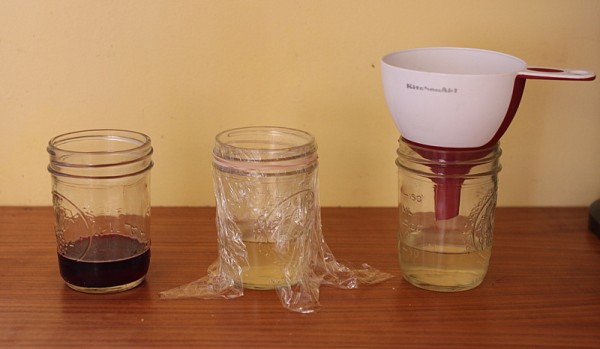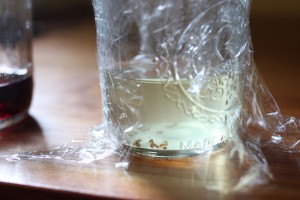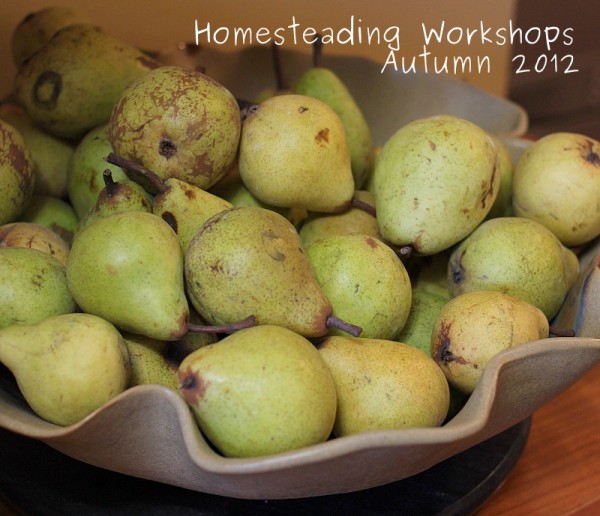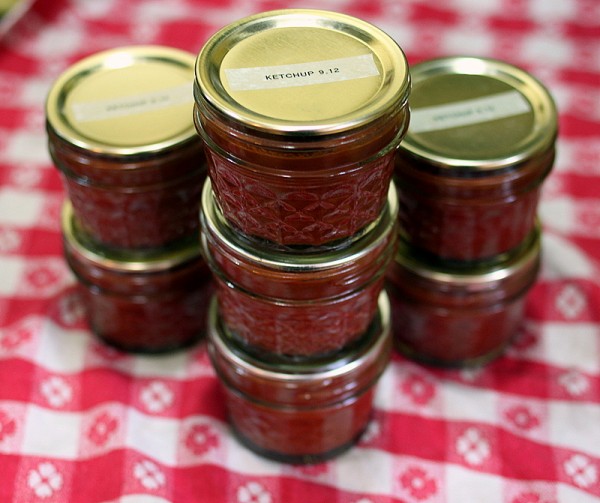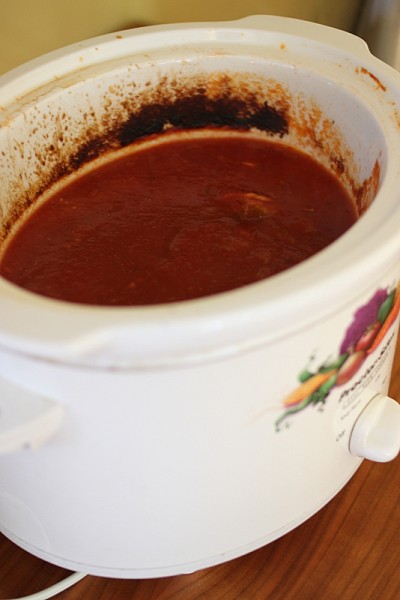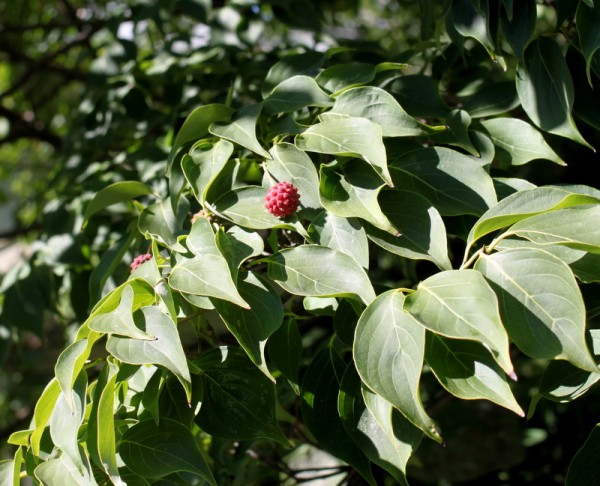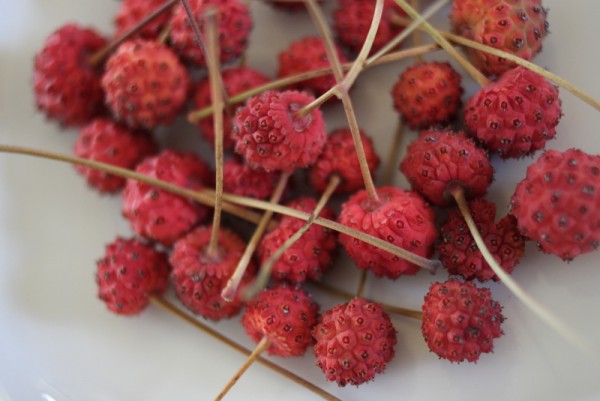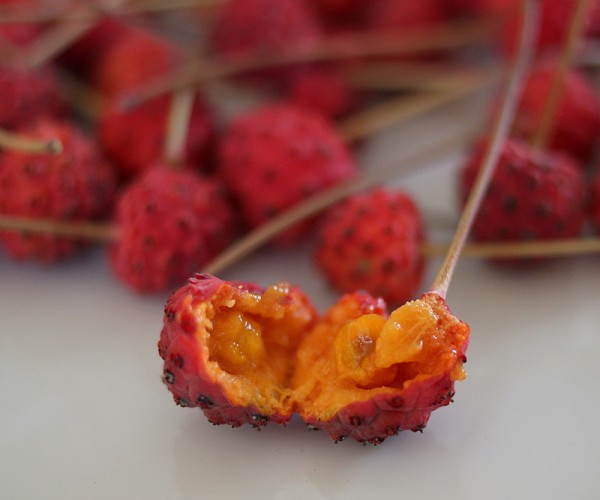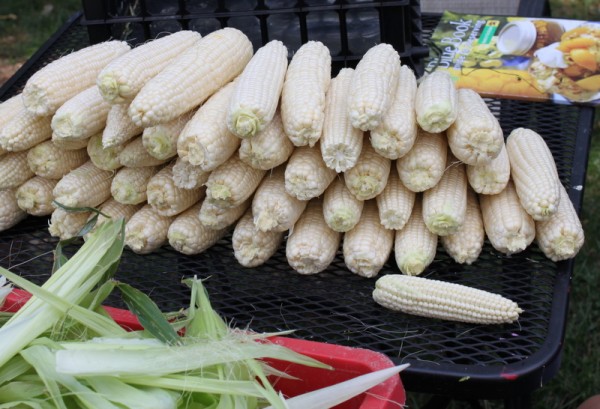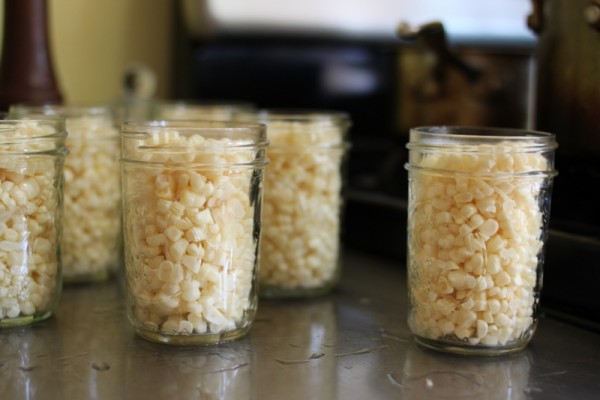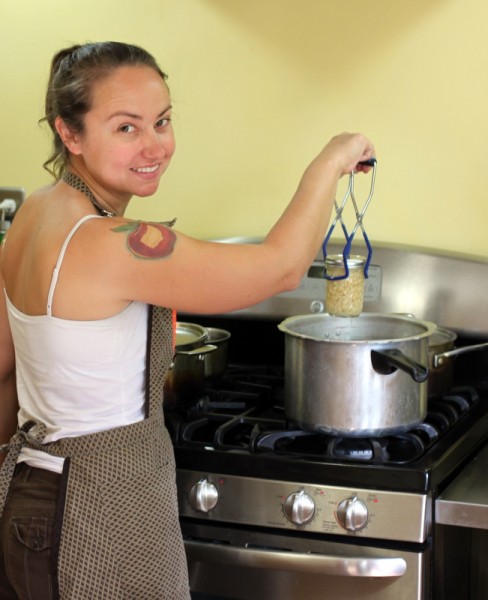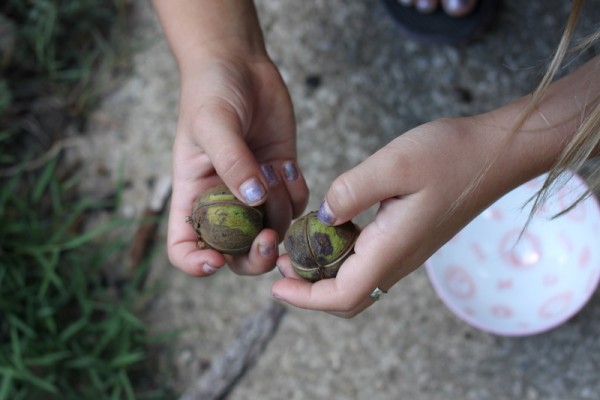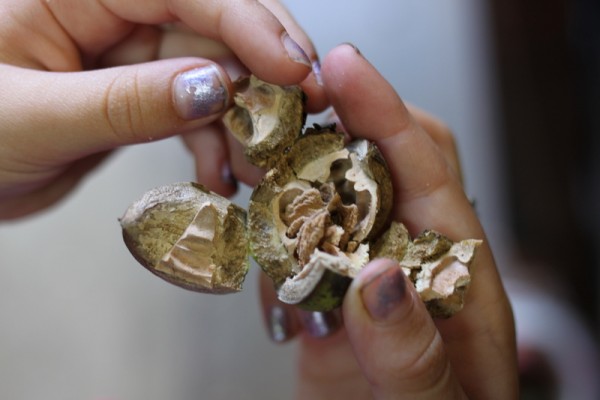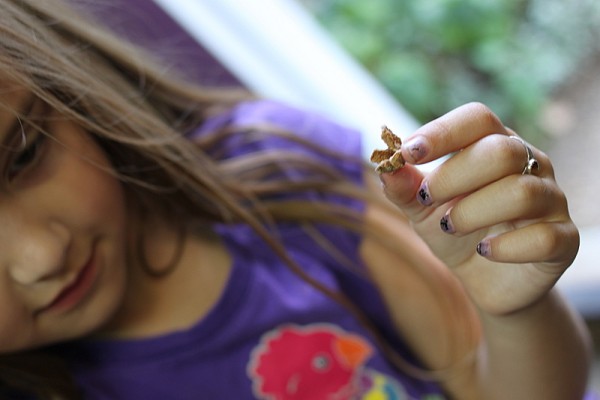On Monday, Alex, Lil, and I trekked an hour north of Columbus for three hours of entertainment, education, groceries and snacks for only $16.25. Where was this great amusement? The Owl Creek Produce Auction at 20999 Waterford Rd. Fredericktown, Ohio 43019.
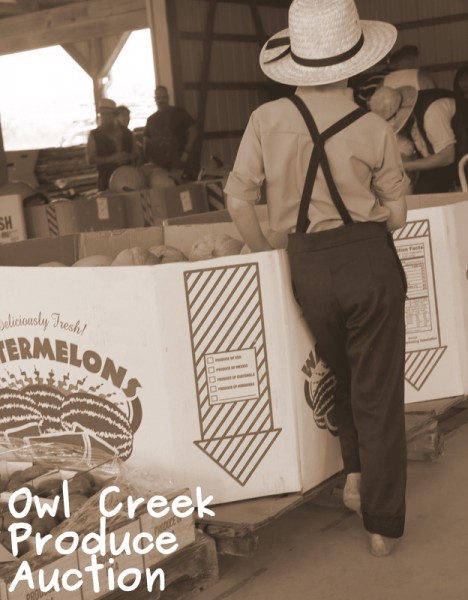
The auction begins with delivery of goods, mostly from Amish farms. The horse carts are unloaded into a large barn and grouped roughly according to lot size. Small lots for homeowners are under the eaves outside of the main building.
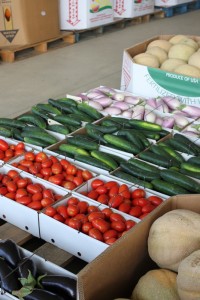
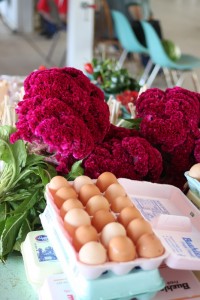
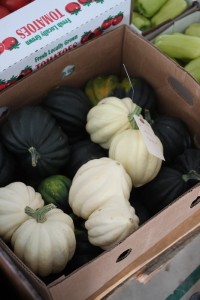
Before bidding starts, shoppers are welcome to wander through the offerings. Each bidder requires a number, available for free at the registration desk.
On the day we visited, two auctioneers sold the lots. A microphoned auctioneer, assistant, and recorder worked the big lots while a second set of non-micked men worked the outside smaller lots. The microphoned auctioneer also sold lots directly off the horse-pulled carts from a small tented stand.
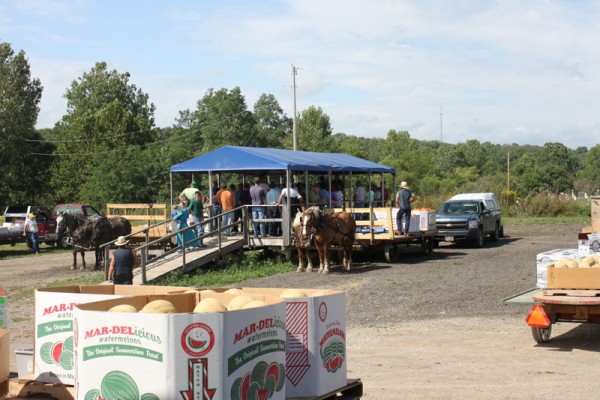
The auctioneer described each lot quickly and started bidding. Many lots were split into parts wherein the bid was multiplied by the number of parts the bidder wanted, i.e. a lot of a dozen cabbages were bid on a per-cabbage basis and then multiplied by the number of cabbages the winner chose. A recorder noted the final price and winner bid number. A market manager posts average prices on the Owl Creek Produce Auction Report website.

I held off from bidding for awhile to observe how the auction worked. Lil encouraged me to bid on a lot of small pumpkins which I won for 50 cents a pumpkin, or $6.50 for the lot of 13. As soon as the bidding finishes, the winner can load their lot into their vehicle.
Until we won the pumpkins, Lil was totally confused about what was happening. She wanted to buy and know how much each item was going to cost. We explained that auctions are a good time to use our experience to estimate the value of goods. "How much would you pay?" we asked Lil.
Next, Lil had her eye on mums. The prices were great at $4.50 per gallon pot but the lot sizes were between 4 and 6 pots. I didn't need a lawn full of mums so I passed. I gathered that this week was the first for mums and perhaps in coming weeks the prices will be lower. Lil was sorry that we didn't get any flowers - another good lesson about auctions.

I eyed produce and some of it went for great prices, most notably a whole bushel of sweet banana peppers sold for just $1.00. The growing conditions were not advertised and therefore I wasn't interested in most of it. I prefer, especially for preserving, to use organic produce.
Lil spied a peck of small pears that were obviously chemical free - speckled, bird-pooped-upon, and not at all uniform. I managed to win them for $3.50. When we tasted them in the car on the way home, we discovered what a treat Lil found as the pears are tender and delicious.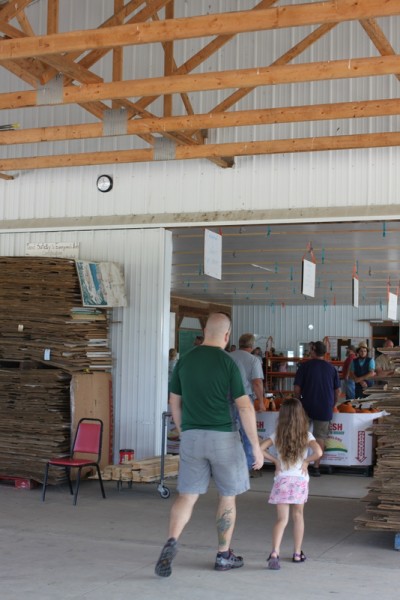
The auction was well attended with people of all ages and backgrounds. Most of the buyers were non-Amish. Some seemed to be purchasing for small businesses while others were home cooks like myself. Several times I felt over-crowded but fresh air was only a few steps away.
We wandered away to look at new lots coming in and admire the horses. We ordered a reasonably priced but not Amish-made snack from a food stand behind the barn. Portable restrooms were available.
When we tired and were ready to go home, we took our bidder number back to the registration desk. Through a paper check system, the cashier quickly pulled up our lot prices and took our payment.

If you go:
- Bring cash or check, or maybe just cash if you don't want to get caught over-buying.
- Have an idea in mind of what you might like or need - it's easy to want to bid on something you don't need just because it's a good deal.
- Bring a water bottle, hat, and a portable chair if you want one.
- Though I didn't see anyone eating food brought from home, there seem to be very few rules and I'm sure you could eat in your car at the very least.
- Know that lots continue to come throughout the day, so being at the barn promptly at starting time is not necessary.
- Consider bringing a crate to contain any loose items in your trunk on the way home.
- Be cautious if you bring your youngin' - you might come home with thirteen pumpkins and a box of pears.
Owl Creek Produce Auction
20999 Waterford Rd. Fredericktown, Ohio 43019
740-627-1660
Monday – 11:00 am, Wednesday- 10:00 am, Friday- 9:00 am through the end of October


